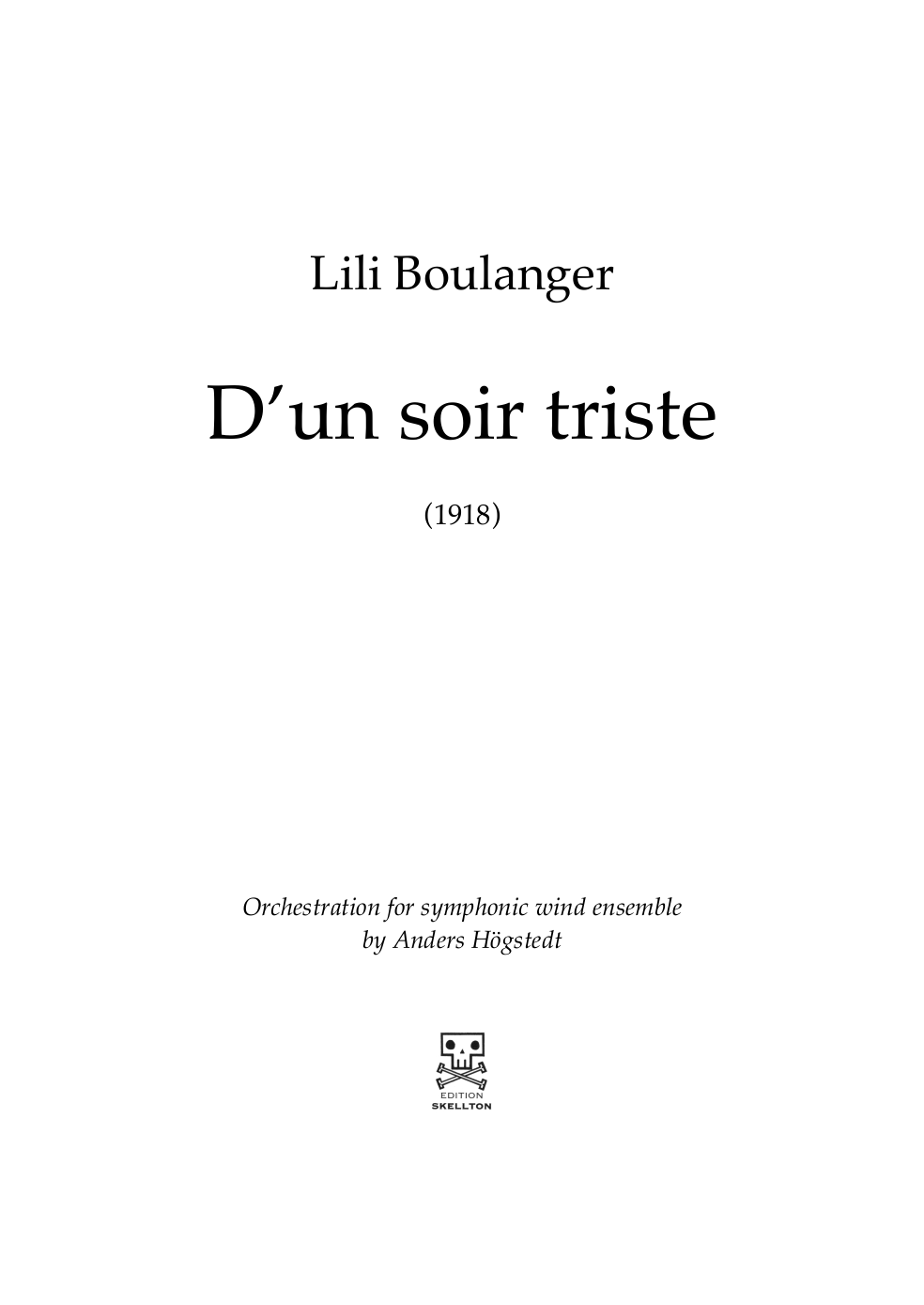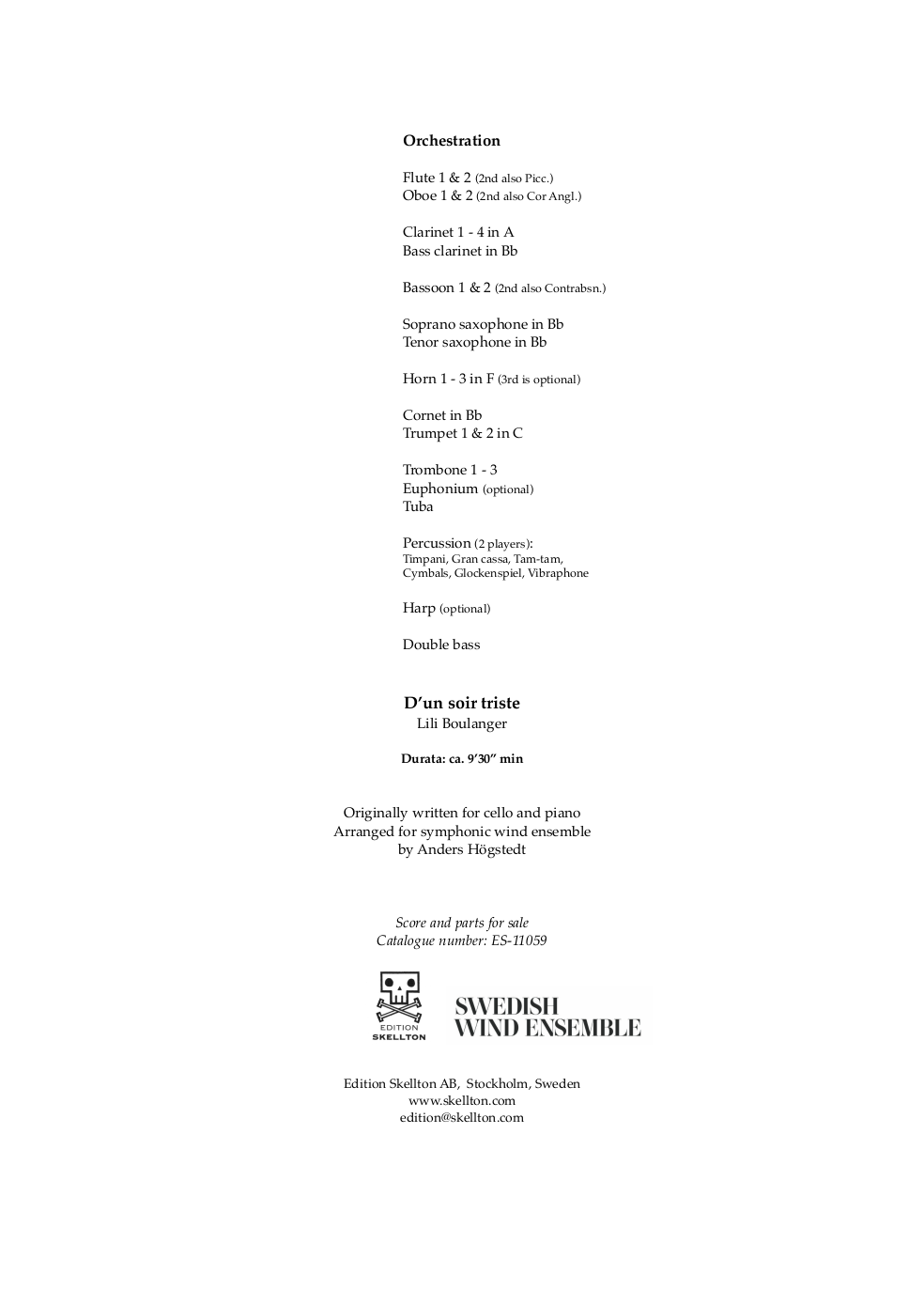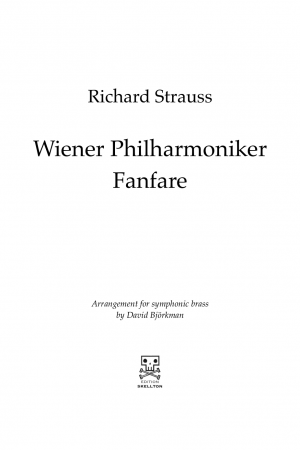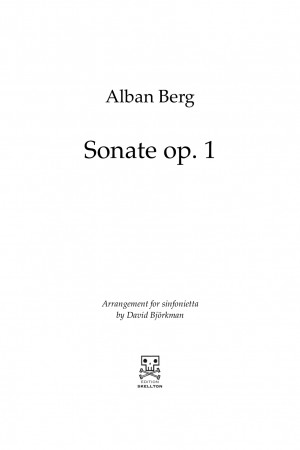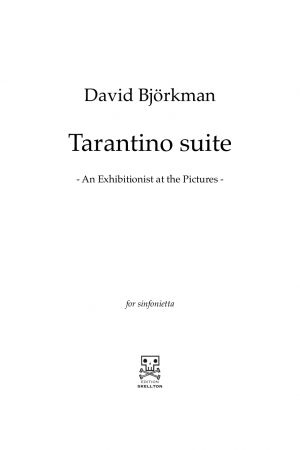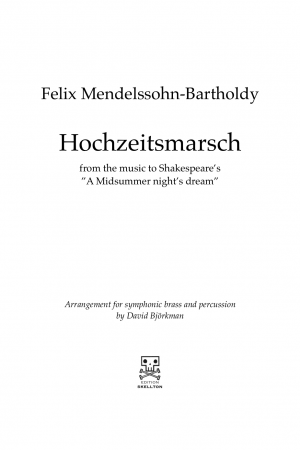In 1913, the name Marie-Juliette Olga ‘Lili’ Boulanger was on everyone’s lips.
A woman had won the Prix de Rome composition prize for the first time ever. The Parisian had barely turned 20, and was younger than all her competitors. Not only was she a woman, the score she had delivered – the cantata Faust et Hélène – was truly astonishing. A great compositional talent was thereby catapulted onto the European cultural scene, accompanied by a famous sister, Nadia Boulanger, who would also make her mark on musical history.
Lilli’s success was enormous. However, there were long, dark shadows in the background. The young composer was seriously ill, and had been for a long time. We now know that she suffered from Crohn’s disease, and died at the age of just 24, leaving her beloved sister Nadia and depriving history of a great composer who would surely have gone on to write many more pieces and whose true potential will never be known. What would French music have been today if she had lived? And what would the history books have told us about women in music if Boulanger had achieved her full genius?
In 1917, it became clear that time was running out for Lili Boulanger. During the coming year, she composed D’un matin de printemps. The springlike freshness of this work is electrifying. Musical descriptions of nature’s splendour are evoked by a young woman who sees spring emerging for the very last time. She wants nothing more than to be alive. The two works D’un matin de printemps and D’un soir triste are as much like sisters as Lili and Nadia themselves. They are made up of the same DNA, a genome that starts by rising a minor third, returning to the main note, and then falling a major second. Both works exist in chamber versions, for duet, for trio and for orchestra. These versions differ from each other, and it could be suggested that Boulanger regarded them as parallel works with the same content, rather than having to be faithfully identical to each other. Högstedt has created his own version for wind instruments, where the trio versions form the foundation, but with significant inspiration from the orchestral versions.
The two sister works share a theme, but go their own separate ways. 1918’s D’un soir triste begins as a kind of funeral march. Heavy archaic chords, consecutive fifths and fourths introduce the main theme of the clarinets in procession. Halfway through the movement, it suddenly falls quiet. In this pronounced pause, timpani, percussion and brass are introduced as in a military funeral. Is it the sound of World War I that we hear? Or perhaps Lili is simply composing for her own death. We are suddenly whirled into a feverish fantasy, with the harp and shimmering, heavenly tones. When Boulanger finally takes us back to the opening theme, most of the instrumentation has been stripped away. All that remains is the archaic consecutive fifths and fourths of the opening, the skin and bones of the music.
What follows now, we have already heard before. Just like the end of Verdi’s La Traviata, where the main character Violetta lays dying. Immediately before the curtain falls, she is overcome by renewed vigour and sings passionately to her beloved: “I feel I am coming back to life! Oh, joy!” Then she dies in his arms. In the same way, D’un soir triste rises with a final cry, full of power, before the life ebbs out of the work and a supernatural sound lingers in a thirdless, relaxed universe. Not major, not minor, but just like the ending to Mozart’s Requiem: with an open fifth, for the way ahead remains a mystery.
About the 2021 Swedish Wind Ensemble recording project and collaboration between arranger the Swedish Wind Ensemble, Anders Högstedt and Edition Skellton:
“The Swedish Wind Ensemble recorded these works in the same year that Sweden marked the centenary of women’s voting rights. The recording took place at the Musikaliska concert hall in the heart of Stockholm. The Royal Swedish Academy of Music has convened here for a number of musical and historical events over the years, including the presentation of the first Nobel Prize in 1901. The venue also
saw the first Swedish performance of Helena Munktell’s work Breaking Waves, during the Academy’s formal gathering. She, Elfrida Andrée and Clara Schumann were all members of the Academy. Today, Musikaliska is the home of the Swedish Wind Ensemble, and an important arena for acoustic music.
All the works were specially arranged for the Swedish Wind Ensemble by it’s permanent arranger, Anders Högstedt. The pieces were originally written for a symphony orchestra or piano. But is it appropriate to record music adapted for an ensemble, rather than performing it in its original format? The Swedish Wind Ensemble certainly believes so, with its tradition of bringing music closer to the
people. Today, the Swedish Wind Ensemble continues the tradition of bringing live music closer to the people, and in the anniversary year of universal suffrage it felt natural to showcase compositions by both Swedish and international women. Ever since its ‘Skip the Full Beard’ initiative in 2010, the orchestra has developed, arranged and performed a number of works written by women.
With this recording, we want to share some of our work over the years. In this way, we hope that wind ensembles will be able to perform the repertoire we have arranged, thereby giving even more audiences the opportunity to enjoy this music.”
To add a score to your order, please click here:
Printed score: 280sek (B4 format, 22 pages. Coil bound, frosted plastic front, hardback)
Score in PDF: 224 sek (B4 format, 22 pages)
Printed parts: à 50 kr (B4 format. 3-4 pages, Munken paper)
Parts in PDF: à 40 kr (B4-format. 3-4 pages.)
In the printed material, you get 28 parts: 28 x 50 sek = 1.400 sek
Buying the material in pdf, you get 28 parts : 28 x 40 sek = 1.120 sek
Please contact us to pre-adjust or change the order.

